Here are the only New Year’s resolutions you’ll ever need – courtesy of Dougal.
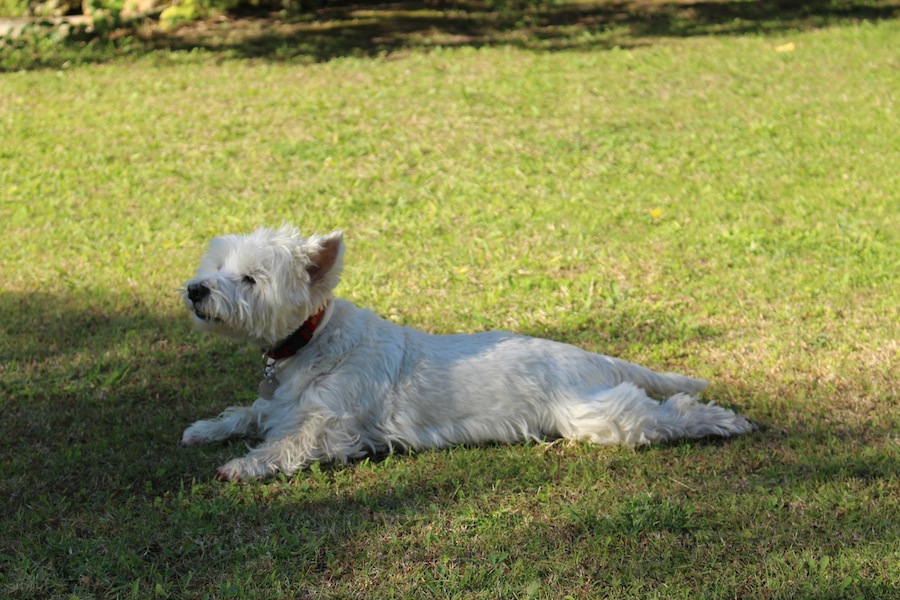
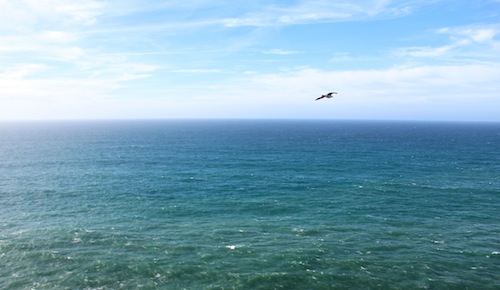
At one time it was thought to be where the known-world ended, at another it was the nerve-centre for maritime developments that later made discovering the New World possible.
Cabot St Vincent today is a windswept mixture of old and new. Jutting out into the ocean one cliff holds up a still-working lighthouse, warning sailors not of the end of the world, but at least of the monster cliffs at the very westerly edge of Portugal.
Guarding one of the world’s busiest shipping lanes, it is one of the most powerful lighthouses in Europe; its two 1,000W lamps can be seen up to 60 kilometres away. While it offers sound warning to seafarers, it has no impact on the local fishermen who literally risk their lives to fish off the pounded cliffs. Three have died in the last year alone.
And it is a mecca for surfers.
The other side of an often sea-misted bay is the rather tired remains of what is claimed to be Henry the Navigator’s mission control – his austere ocean-gazing fortress at Sagres – in which it is claimed that monumental changes to maritime exploration were developed.
Portuguese Prince Henry “the Navigator” was quite a guy. Born in 1394, his life was devoted to seafaring, navigating, plotting and colonising. He designed revolutionary new styles of ships – caravels – that were lighter, faster and better equipped to trade further afield than just around the Mediterranean, as the heavy ships of his day did. Fully embracing the age he sponsored mapmakers and navigators; and under his direction, Portugal laid claim to many new places including the Azores and Madeira and named the Sargasso Sea. Henry was the catalyst that made Portugal the first global and Europe’s longest running empire – from the taking of Ceuta in 1415, to the returning of Macau in 1999.
The mythology of the fortaleza at Sagres is that Henry created a navigation school that drew in the brightest and best; in order to send them back out on a mission to conquer the known world. The centre-piece of the ruins is the massive “compass rose”- a 50 metre diameter structure only discovered in 1919 and claimed by some to be a navigation tool of the school, and by others to be a later-built sundial.
Modern historians point to the lack of documented evidence of what would have been such an esteemed academy to cast doubt on its veracity.
Others claim that, years later, when English captain Sir Francis Drake sacked Sagres, en route to wiping out the Spanish Armada, he destroyed all the documents and maps stored at the fortaleza.
But never mind the maritime mythology. But there is no question that Henry contributed massively to the advancement of sailing, shipbuilding, mapmaking, and discovery. His obsession with exploration and of course colonization, led to improvements in vessels and navigation that lay the foundation for the famed and feted explores such as Columbus, de Gama, Magellan, Holden and Nimmo.
Okay, jokes aside, these days the site maybe a slightly desolate place, but Henry’s own wanderlust still inspires us all.
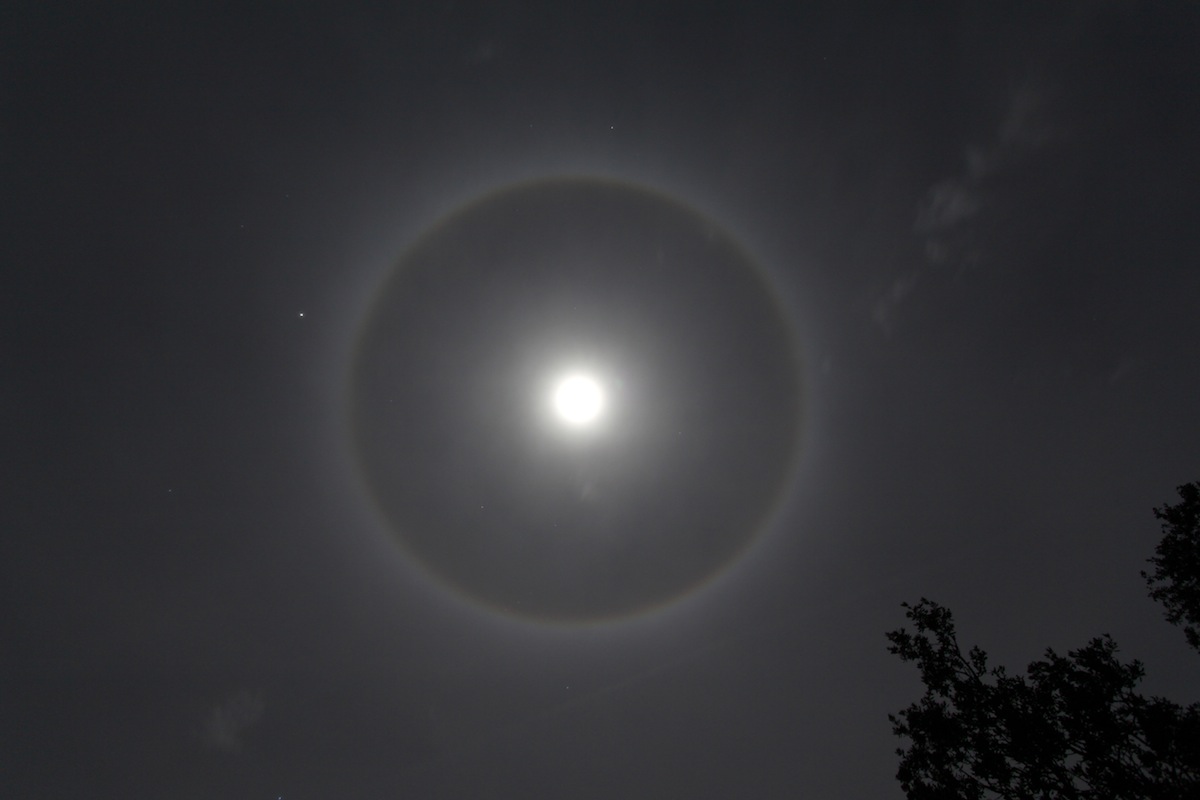
No one sees that same halo moon – the refraction and reflection of the ice crystals that form the ring display differently depending on where you are viewing it from, so if you saw one last night – it was truly yours alone.
To the left of the moon, you can see a tiny white dot, which is Jupiter.
It is claimed they herald storms because they are indicative of cloud forming higher than 20,000ft, but that hasn’t happened so far. We are keeping out fingers crossed.
This is one of the delights of out-of-the-way travelling we have been lucky enough to enjoy – the wonders of the sky at night when you can leave the big city lights behind. Heading out to remote fields, hills and casitas is highly recommended, and stand by for star trail experiments once the full moon wanes!
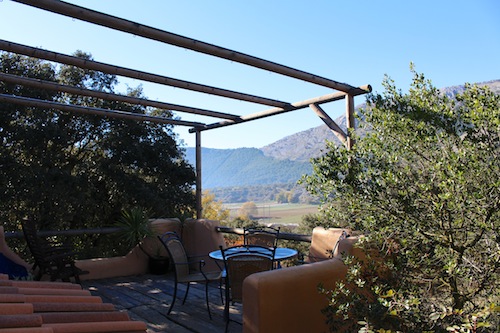
We are back in Spain again! We are staying in a little casita, or cottage, in the Sierra del Alhama region, with wonderful views of the hills across the valley.
The closest town – Zafarraya – is about a kilometer away and we are about an hour west of Granada and north of Malaga.
From our deck we can watch the sheep trundle through the turnip fields which have been left to rot as their winter feed and the goats on the high hill munching on the trees and bushes. There is almost no noise at all, except the dull clang of the sheep and goat bells, which we discovered sounds eerily similar to the sound of ice clunking in a large G&T. We are now wondering what those goats are really up to in the dark.
Our landlords –Alan and Lynn – live close by, but you would not know it. Only the regular visits from their four dogs give away that we have neighbours at all.
This is just a quick post. A writing job (that pays!) is taking up blog writing time, so there will be a short delay in posting of stories of our final Portuguese adventures and the latest Spanish ones for a little while, so please be patient…. they are on their way. Meanwhile – here’s our room with a view.
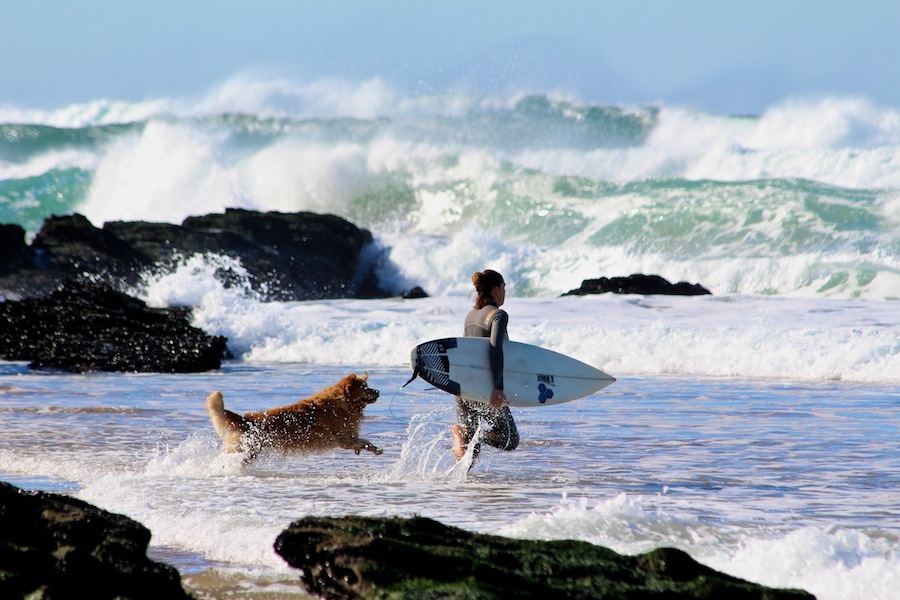
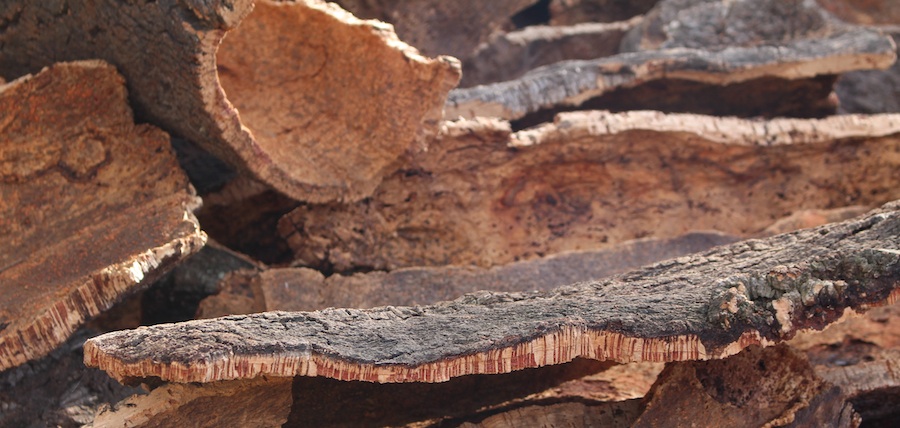
This humble little lump of woody fibre that takes decades to create and more often than not, is then just tossed in the bin overnight, is worth a second glance.
The majority of the world’s cork production is in southern Portugal, so we got the chance to do just that.
It generates one of the most diverse ecologies in Europe, gives employment to 60,000 people, stops up 60% of wine bottles, is fire retardant, impermeable and it floats – not much can compare to cork for its diverse range of uses. It takes about 25 years for the cork oak to be ready for its first harvest. The bark is then carefully peeled off with a special axe, leaving a deep red trunk behind, which eventually dulls to brown over the years.
The first harvest is thought to be of lesser quality and is called “male” cork. The good quality material comes after the second or third harvest and is rather evocatively known at “gentle” cork. A harvested tree is left to rest for ten years between each peeling and lives for around 200 years.
It’s a two billion dollar industry that only ever seems to be seen growing on small acreages, on the sides of the road, in small yards and family farms.
Cork production has been hit by the use of screw tops in the wine industry, but the versatile cladding is determined to keep afloat. Corks’ green credentials have helped its PR push – the low carbon footprint and sustainable harvests, as well as the natural habitat it nurtures – who could possibly prefer metal! Any Australian couldn’t help but feel at home in the cork forests of Southern Portugal – as they grow alongside huge Aussie gum trees, giving off a great eucalypt scent as you pass through.
Corks aren’t just for bottling – although that is this the primary usage – it has been used in musical instruments, shuttlecocks, heat shields, laser printers, transmission systems, a boat (honestly – 165,321 wine corks=one boat ), fishing floats, and even fashion.
Its impermeable and thermal properties make it useful in the house and building trade, as waterproof flooring, table mats, mixed with concrete to give better insulation or even just raw.
The Convent of the Capuchos, or Cork Convent in the Sintra hills above Cascais, was built in 1560 for Franciscan monks, and uses the bark extensively as cladding, chairs, doors and window linings.
The convent was intended to keep faith with the notion of simplicity and being at one with the natural surroundings.
If you want to see what austerity measures looked like in the 16th century, then have a prowl around Capuchos.
The melding of rocks, trees and earth into the fabric of the buildings doesn’t get much closer to nature.
So, next time you pop a cork, we hope you have a new-found admiration for the stuff that can float boats, warm houses, dress you and keep your food and drink fresh – we’ll raise a glass to that!